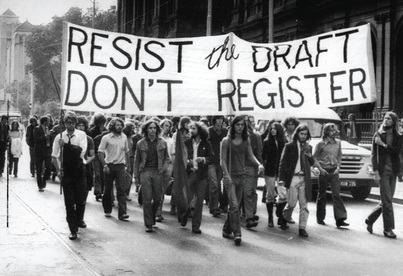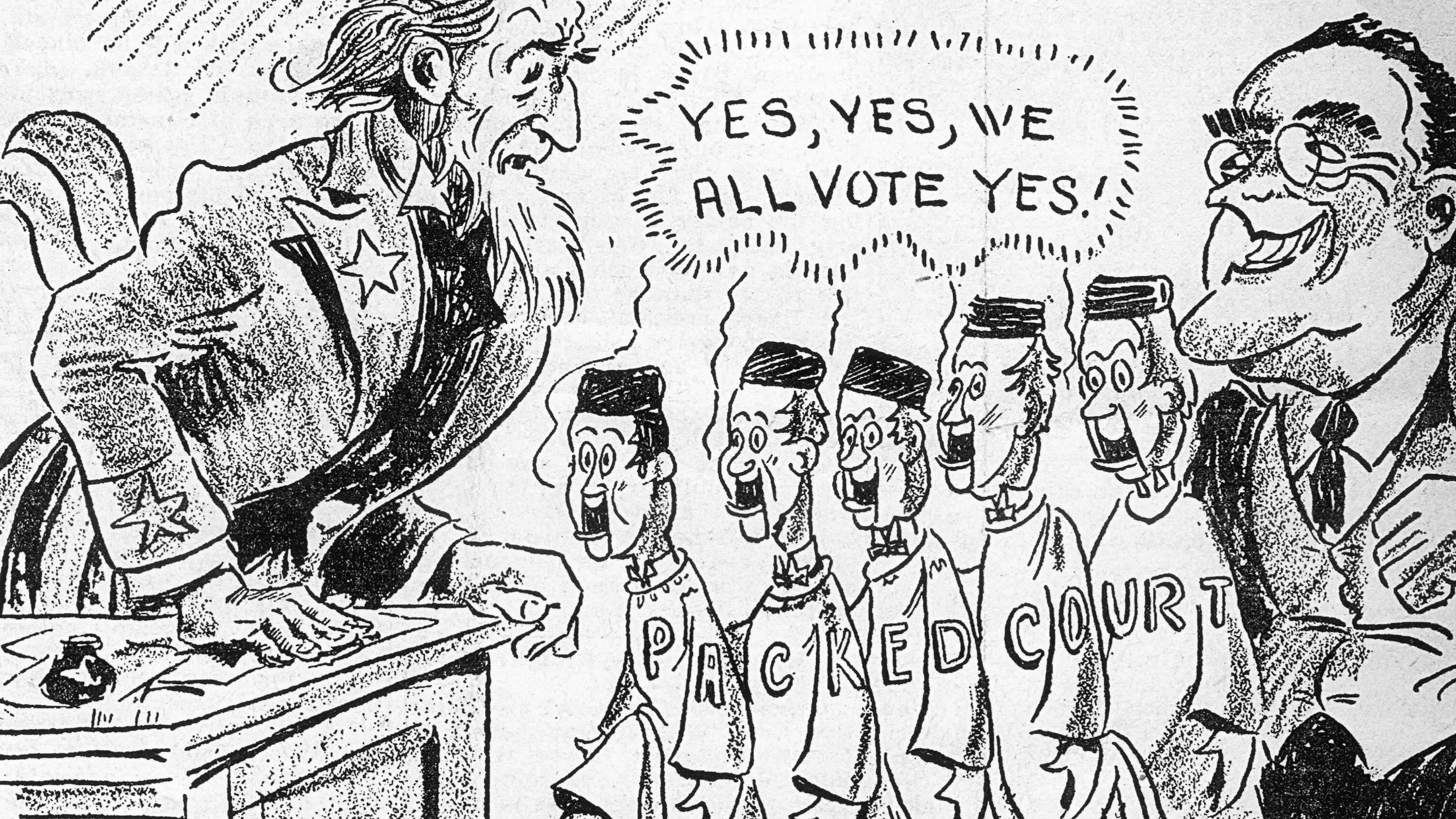
On July 2nd, 1928, the first American television station began broadcasting just outside of Washington D.C. The station, W3XK, was founded by inventor Charles Francis Jenkins and it was the first commercially licensed TV station in the United States. Five nights a week, from 1928-1932 the station would air "radio movies" to the general public, well, at least those with televisions.
In August of 1928, just a little over a month after the first television broadcast, a TV station in New York City began to broadcast silent images with their radio shows. This led to General Electric developing the Queen's Messenger, which was the first silent drama. This drama even incorporated special effects by syncing spoken audio with a separate radio receiver that was placed under the TV receiver. Despite this, there is some controversy regarding if this was actually the first TV program because it is believed to only have been broadcasted to four television sets. However, the Queen's Messenger is still believed to have paved the way for all the different genres of television and the TV stations that we have today.
Ideas for colored TV had been patented in the early 1900s, but they were never fulfilled, and thus, the idea was put on hold for nearly twenty years. But after WWII, black and white television seemed old and consumers wanted something new and exciting. Then, in 1951, CBS broadcasted the first TV show that was shown in color. However, the CBS color system only worked with a limited number of TVs in America, and because of this, the first colorized TV program was broadcasted to only twelve television sets. The other 12 million TV sets were not able to tune into the program.
https://bebusinessed.com/history/history-of-the-television/
https://www.edn.com/1st-american-tv-station-begins-broadcasting-july-2-1928/
https://allthatsinteresting.com/first-television-drama

